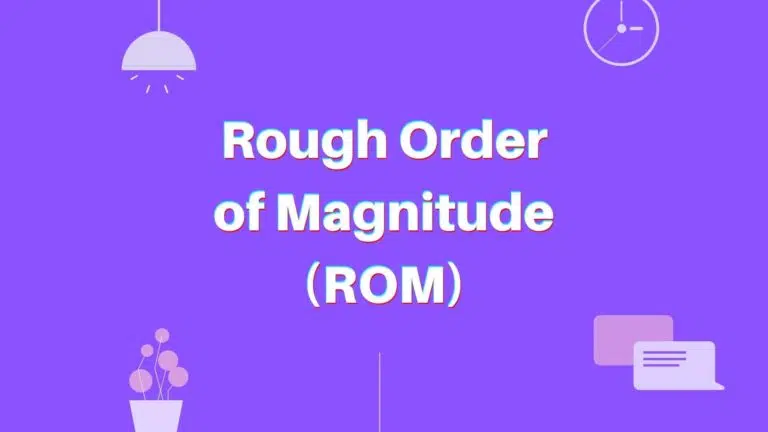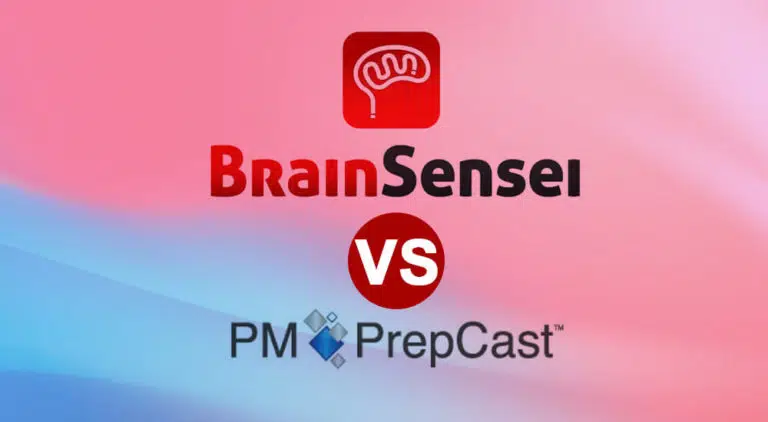If you are managing contracts or involved with project management, you have likely interacted with an invitation to bid (ITB) or an invitation for bid (IFB).
An invitation to bid is a contract document a buyer floats for sellers to submit their offer for a project, product service, or result.
Today’s blog will discuss the invitation to bid and how it differs from other contract documents, such as requests for proposals, requests for quotations, or requests for information.
What is an Invitation to Bid (ITB)?
An invitation to bid (ITB) is a contract document when an organization needs to submit proposals from contractors for a project, service, or result. An “invitation to bid” is often called an “invitation for bid.”
Businesses use this process when they have a well-defined scope of work and bid selection is only based on pricing.
Buyers float ITB when they have requirements and know when and how they need it.
The ITB includes details on the project specifics, including milestones, timeline, key deliverables, duration, etc. Then, it will explain the bidder selection process. After floating the bid, the buyer will conduct a bidder conference, allowing bidders to clear their doubts.
Although the technical requirements and capabilities are necessary, bidder selection is based on pricing. The bidder with the lowest quote typically gets the award. An IFB usually results in a fixed-price or time-and-material contract.
This contract document is useful in all industries that deal with contracts that have a defined scope of work (e.g., construction projects).
How is an Invitation to Bid Different from a Request for Proposal?
An ITB is used when the organization has well-defined requirements and is primarily interested in securing the best price for a specific product or service. It involves issuing a formal invitation to potential suppliers inviting them to submit bids.
Bidders can submit sealed bids, which the buyer opens at a predetermined date and time. These days, most buyers use online platforms to submit bids, which automatically open at a predetermined time. The contract is usually awarded to the bidder offering the lowest responsive bid that meets all the specified criteria.
Organizations use RFPs when their needs are not well defined and they are seeking supplier proposals. It is a flexible, comprehensive document that outlines the organization’s requirements, objectives, evaluation criteria, etc. Bidders can submit proposals that address the technical aspects and include implementation plans, pricing, and other details.
The RFP evaluation may include technical expertise, proposed approach, experience, price, and other qualitative considerations. Unlike an ITB, where the contract is awarded based on pricing, an RFP allows a comprehensive evaluation, and the contract is awarded based on a combination of factors, including the value offered by the bidder.
How is an Invitation to Bid Different from a Request for Quotation?
Businesses use an RFQ when they require pricing information for a specific product or service. The requirements are well-defined, and there is little need for negotiation. A more straightforward solicitation document requests suppliers to price the specified items or services based on the organization’s requirements.
Unlike an ITB, which may involve more comprehensive bids and evaluation criteria, an RFQ focuses on obtaining pricing information from suppliers. The organization may then award the contract to the supplier offering the most competitive price.
The RFQ will end in a purchase order.
What Are the Key Benefits of an Invitation to Bid?
The key benefits of an invitation to bid (ITB) are as follows:
- Competitive Pricing: ITBs result in competitive pricing, as sellers submit their best prices for products or services. This can help organizations secure the most cost-effective solutions.
- Transparency: ITBs provide a transparent process for all interested sellers to submit their offers. This transparency builds trust among suppliers and ensures fairness in the procurement process.
- Risk Management: By soliciting bids from multiple suppliers, organizations reduce the risk of dependency on a single supplier. This diversification of suppliers ensures supply continuity and reduces vulnerability to disruptions.
- Legal Compliance: ITBs help organizations comply with legal and regulatory requirements for competitive bidding processes. It is useful in the public sector or in industries with strict procurement regulations.
Summary
An invitation to bid outlines a transparent process for vendors to submit proposals for seller requirements. It engages potential suppliers and ensures fair competition by clearly defining seller requirements and expectations to streamline the bidding process. This approach promotes efficiency and accountability in vendor selection.

I am Mohammad Fahad Usmani, B.E. PMP, PMI-RMP. I have been blogging on project management topics since 2011. To date, thousands of professionals have passed the PMP exam using my resources.







